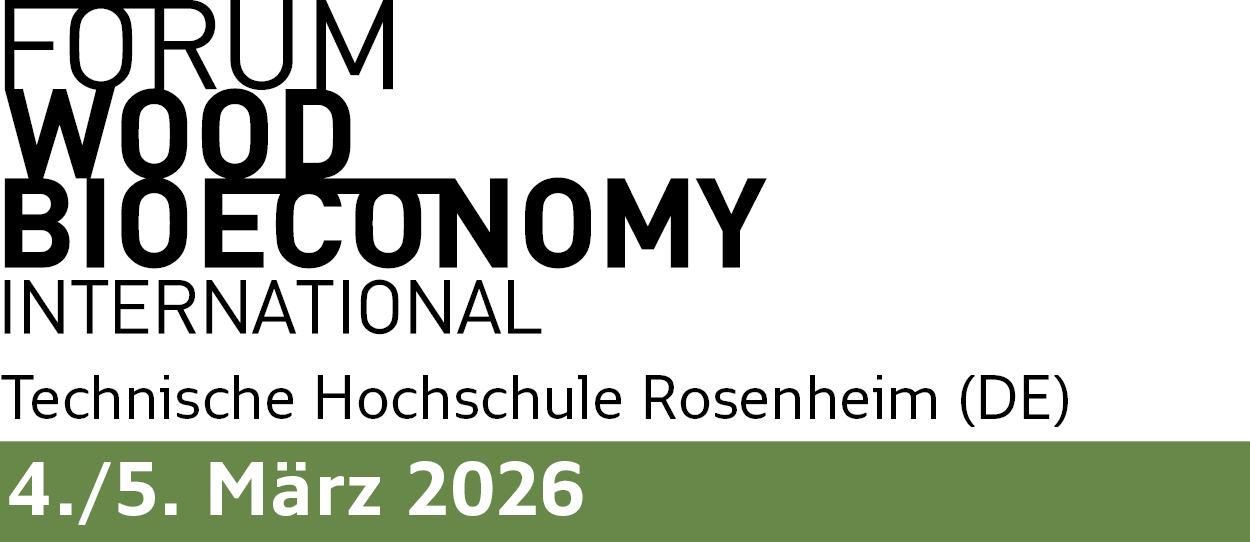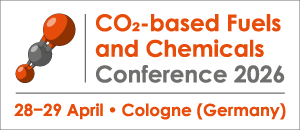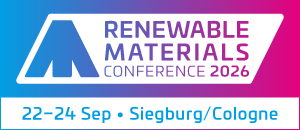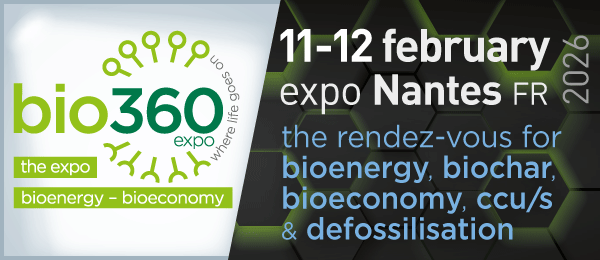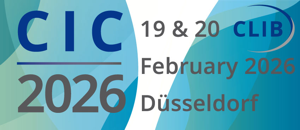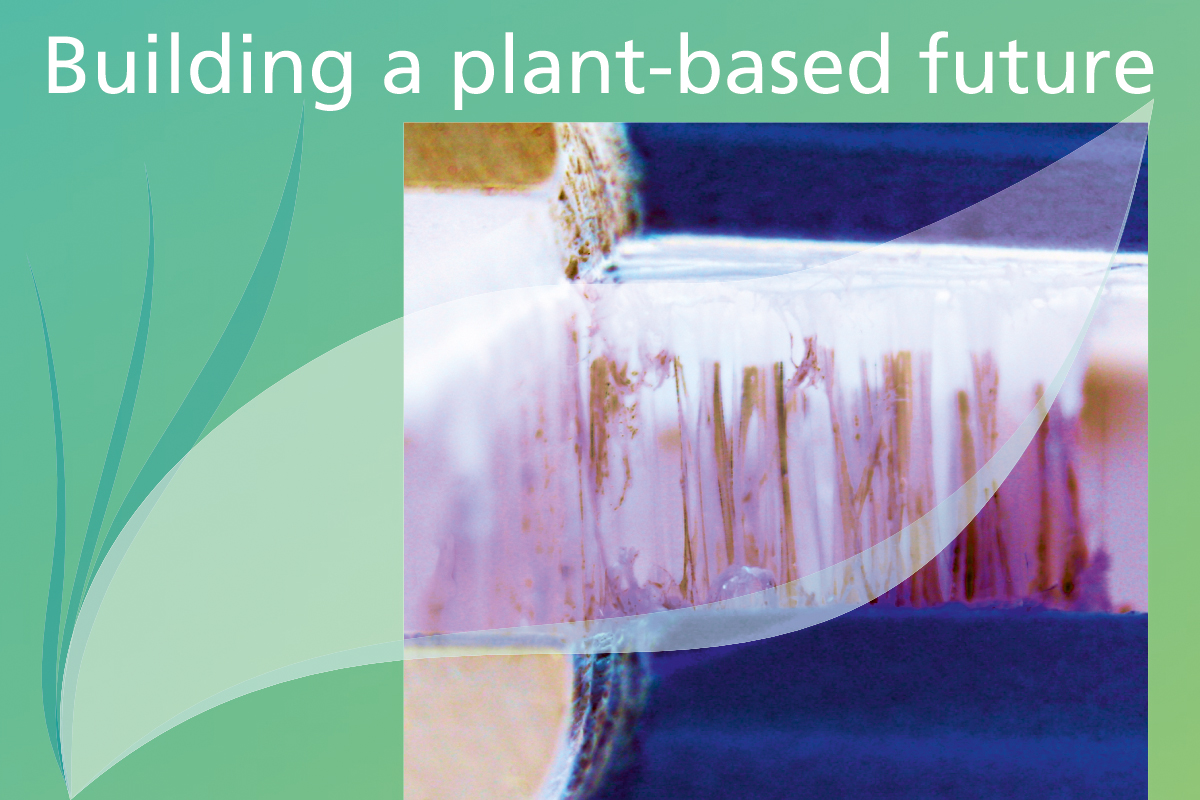
Researchers at the Fraunhofer WKI are developing bio-based adhesives on the basis of renewable raw materials and biogenic residues. Adhesives, with their versatile range of application possibilities, are a key technology in the joining of materials and, consequently, the conservation of finite resources. As a result of their broad spectrum of applications, adhesives are a growth market. The substitution of conventional adhesives with bio-based adhesives provides an important contribution towards the realization of a bio-based circular economy.
Countless products that we encounter in everyday life are manufactured with the aid of adhesives. Examples include books, cell phones, mattresses, cars, and labels on bottles. As a joining technology, adhesive bonding enables the secure, flush bonding of materials – even across large areas – without causing alterations to their properties.
One important area of application for adhesives is lightweight and hybrid construction. Through a skillful combination of materials, weight can be saved. Lightweight materials, components – where appropriate with combined properties – and products require less transportation energy and often also fewer raw materials. Furthermore, switchable adhesives enable a significant improvement in recyclability through simple material separation at the end of the service life. Adhesive bonds of these variants are switched on and, after use, switched off again so that the individual components can be meaningfully re-used. However, in many cases, products with traditional adhesive joints can also be easily separated or re-used.
Researchers at the Fraunhofer WKI are developing bio-based adhesives, i.e. synthetically produced adhesives on the basis of renewable raw materials. One example of this is a new type of formaldehyde-free adhesive on the basis of lignin and sugar aldehydes. In a further project, the researchers are testing whether humins are suitable for the bonding of wood. The humins used are residues that accrue during the production of the PET-alternative polyethylene furanoate (PEF) and for which there is currently no known application.
The wood fiberboard of the future could be produced without any conventional adhesives whatsoever. Instead, the natural bonding forces of wood are being utilized in a newly launched project: First, the researchers activate these forces and then they add bio-based “pre-adhesives”. During hot pressing, the adhesive forms directly on the surface of the wood fibers.
The scientists are also developing biological adhesives on the basis of fungi, i.e. living, growing organisms. The researchers use the organically growing fungal mycelium as a natural binder in order to produce insulation materials from plant residues.
Using artificially produced adhesives that mimic principles from nature, so-called bio-inspired adhesives, the researchers are determining whether these are suitable as a joining technology for lightweight-construction components in the mobility sector. The bio-based switchable PU surface adhesive enables the production of panel-shaped laminated materials made from wood or wood-metal, which are only formed into 3D components further down the process chain. In addition, the reversible adhesive bond allows wood and metal to be separated from one another at the end of their service life – cleanly by type, and without damage.
Buildings made from and with wood provide an important contribution towards climate protection. Through the combination with concrete, the range of applications of timber constructions is extended, and substrates can be better exploited as regards their properties. A bonding technology co-developed by the Fraunhofer WKI enables the accelerated production of wood-concrete composite elements (WCC elements). The aim is to establish the implementation of WCC elements in multi-story building construction as a competitive alternative to pure precast reinforced-concrete elements. The research is helping to increase the proportion of renewable raw materials in the construction sector and, consequently, to achieve climate and sustainability goals.
How well wood can be bonded depends, amongst other things, on the wood’s own extractives. In a further project in collaboration with partners, researchers at the Fraunhofer WKI are investigating the extractives content of various woods and their influence on the bonding characteristics. In doing so, they are creating the basis for wood-species-specific adhesive systems or additives such as primers in the construction industry – also for hardwoods, which are expected to be increasingly utilized in the future.
The researchers are also addressing the question as to how spruce calamity wood damaged by bark beetles can be utilized in the production of wood-based materials and glued solid-wood products for the construction and furniture industries, including when it has been stored standing in the forest or in special dry-storage facilities for a certain period of time. The scientists are investigating the wood qualities suitable for manufacturing durable construction products or wood-based materials. Through the production of a guideline, they also want to provide forest owners and the timber industry with specific recommendations for action.
About the Testing body for “Structural bonding” and “Verification of suitability for bonding”
The Fraunhofer WKI testing body “Structural bonding“ is accredited for all the significant adhesive systems for load-bearing timber construction in accordance with ISO/IEC 17025 and is recognized in accordance with the Lower Saxony State Building Regulations (LBO). Consequently, the Fraunhofer WKI is a competent partner for the development and testing of adhesives and bonded products for both structural and non-structural timber construction.
In a letter dated the 30th of September 2021, the Fraunhofer WKI was recognized by the Lower Saxony Ministry for the Environment, Energy, Building and Climate Protection as a testing body for the verification of “Suitability for the execution of bonding work for the production of load-bearing timber components and glued laminated timber” and can issue certificates confirming this suitability, also known as “Leimgenehmigungen” (glue approvals). This is a milestone not only for the Testing, Monitoring and Certification Body (PÜZ) of the Fraunhofer WKI, but also for the entire timber-construction industry in Germany.
Source
Fraunhofer-Institute WKI, press release, 2024-11-19.
Supplier
Fraunhofer-Institut für Holzforschung Wilhelm-Klauditz-Institut WKI
Niedersächsisches Ministerium für Umwelt und Klimaschutz
Prüfstelle »Strukturelles Kleben« und »Eignungsnachweise Kleben«
Share
Renewable Carbon News – Daily Newsletter
Subscribe to our daily email newsletter – the world's leading newsletter on renewable materials and chemicals






